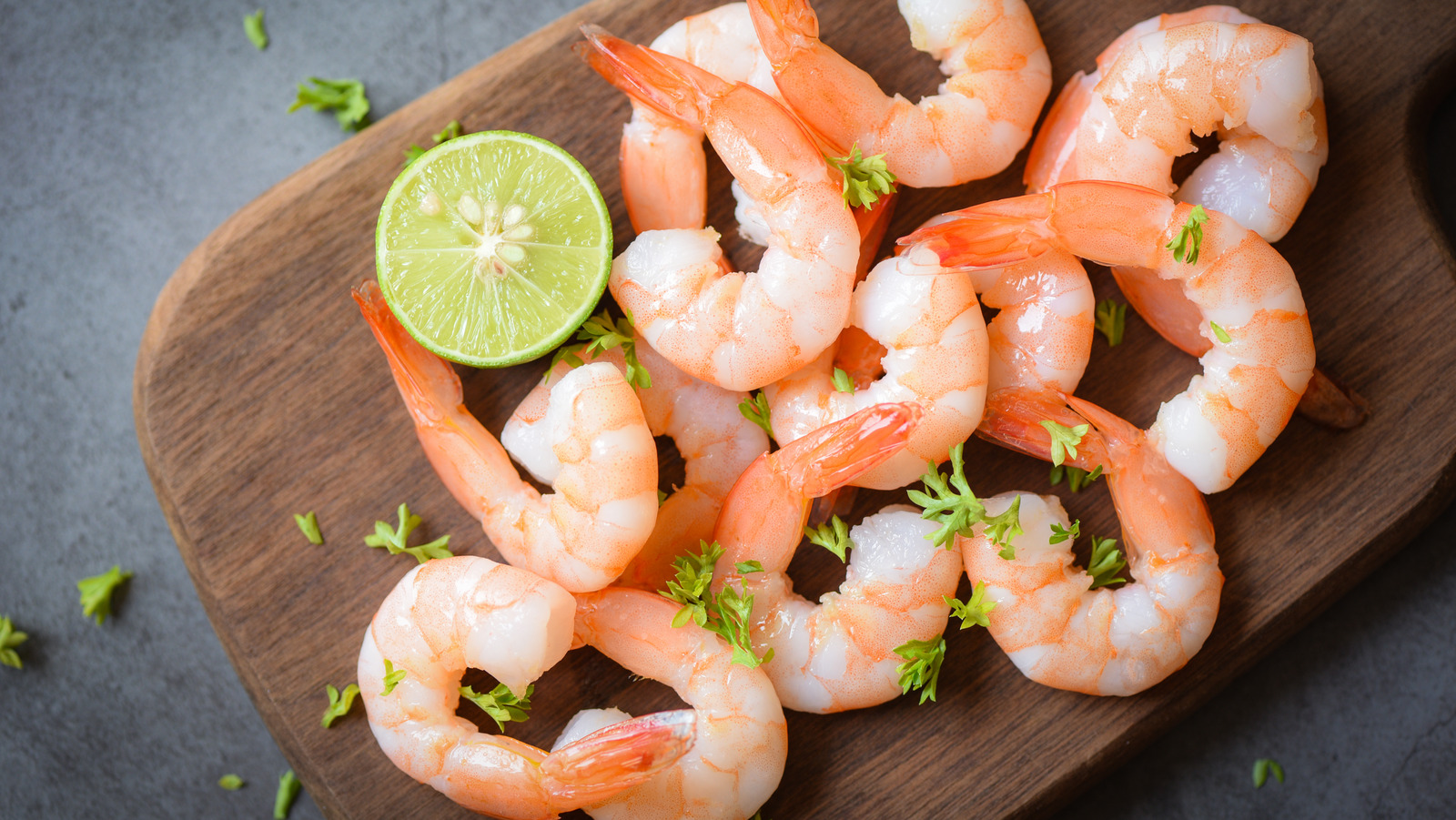Hey there! As someone who’s worked extensively with seafood, I’m gonna tell you everything you need to know about what happens when you eat spoiled shrimp. Trust me, it ain’t pretty, but knowing the signs could save you from a really bad time!
The Quick Answer
If you eat bad shrimp, you’ll likely experience food poisoning symptoms within 4-48 hours, including:
- Nausea and vomiting
- Diarrhea
- Painful stomach cramps
- Headaches and dizziness
- Fever in some cases
Understanding Shrimp Contamination
Let me break down why shrimp goes bad The main culprits are
- Bacterial Growth
- Vibrio bacteria from warm coastal waters
- Salmonella from poor handling
- E. coli (less common but possible)
- Histamine Formation
When shrimp isn’t kept cold enough, bacteria convert an amino acid called histidine into histamine. Here’s the scary part – cooking won’t destroy this histamine!
Recognizing Bad Shrimp
Before you even eat it, here’s how to spot spoiled shrimp:
- Smell Test: Fresh shrimp = mild ocean scent. Bad shrimp = strong fishy or ammonia-like odor
- Look Test: Good shrimp should be:
- Firm
- Translucent
- Free of black spots
- Not slimy
What To Do If You’ve Eaten Bad Shrimp
Ok, so you ate some questionable shrimp Don’t panic! Here’s what ya need to do
- Stay Hydrated
- Drink plenty of clear fluids
- Take small, frequent sips
- Consider electrolyte drinks
- Monitor Symptoms
Seek immediate medical care if you experience:
- High fever (over 101°F)
- Blood in stool or vomit
- Severe dehydration
- Symptoms lasting more than 3 days
- Treatment Options
- Don’t force yourself to throw up
- Bismuth (Pepto-Bismol) is ok to use
- Avoid other anti-diarrhea meds as they can trap toxins
Prevention Tips
Y’all preventing bad shrimp situations is WAY better than dealing with them! Here’s how
Storage Guidelines
Fresh Shrimp: 1-2 days in fridge at 40°FCooked Shrimp: 3-4 days max in fridgeFrozen Shrimp: Several monthsSafe Handling
-
Thaw properly:
- In fridge overnight
- Under cold running water
- Never at room temp!
-
Cook thoroughly:
- Internal temp should hit 145°F
- Flesh should be opaque
Special Considerations
Some folks need to be extra careful with shrimp:
- Pregnant women
- Elderly people
- Young children
- People with weak immune systems
My Personal Tips
I’ve learned these tricks from years of handling shrimp:
- When in doubt, throw it out! Better safe than sorry
- Trust your nose – it usually knows
- Don’t try to “save” old shrimp by overcooking
- Always check dates on store-bought shrimp
Remember, food poisoning from bad shrimp usually ain’t life-threatening, but it can make you seriously miserable for a few days. Take it from someone who’s seen it happen – proper handling and storage is totally worth the effort!
Need more info about specific symptoms or storage tips? Just lemme know in the comments below!
Would you like me to explain or break down any part of this article in more detail?

More on First Aid


When to Seek Medical Care
Seek medical treatment immediately if the person is unable to tolerate oral fluids, if fever is present, if there is blood in the stool, or if other concerning symptoms develop.
For all other cases of shellfish poisoning, seek medical treatment as soon as possible. Â
wilderness: shellfish poisoning, gastrointestinal; food poisoning; diarrhea; abdominal cramps; vomiting; nausea
Don’t eat the shrimp!
FAQ
How long does it take to get sick from spoiled shrimp?
Salmonella infection isn’t rare — the US has over a million infections a year. The symptoms may begin 6 hours to 6 days after eating contaminated shrimp.
How do you know if shrimp has gone bad?
Fresh shrimp should have a mild, ocean-like smell and a firm, slightly translucent appearance. If it has a strong, unpleasant odor (like ammonia or fishy), a slimy or mushy texture, or discoloration (gray or black spots), it has likely gone bad.
Is it bad to eat expired shrimp?
While the shrimp may still be safe to consume after one year, the quality may decline over time, leading to changes in texture and flavor. Here are some key points to consider: Storage Conditions: If the shrimp have been kept in a tightly sealed package and at the correct temperature, they are likely still safe.
How fast does seafood poisoning hit?
Usually 30 to 60 minutes, up to 24 hours. Shellfish, including cooked shellfish, from coastal seawater contaminated with toxins. Usually, 1 to 2 days.Feb 23, 2024
Is shrimp bad for You?
Shrimp is a great option to lower unhealthy fats in your diet. You’ll cut over 90% of saturated fats if you choose shrimp over the same amounts of steak or cheese. Shrimp has less than a tenth of a gram of saturated fat in 3 ounces. Plus, there’s almost no trans fat in shrimp.
What happens if you eat contaminated shrimp?
However, when it comes to contaminated shrimps, shrimp food poisoning will develop, leading to stomach pain and discomfort, nausea and vomiting, diarrhea, etc. Some of the symptoms caused by a food poisoning can be quite severe and even life-threatening ones.
What happens if you eat spoiled shrimp?
Symptoms of food poisoning may include vomiting, stomach cramps, fever, and diarrhea. In fact, over 90 percent of food poisoning cases as Salmonella, E. Coli, Vibrio, and Bacillus. You can find all of these in raw shrimp. So, cooking spoiled shrimp, then eating it, can lead to serious health issues.
